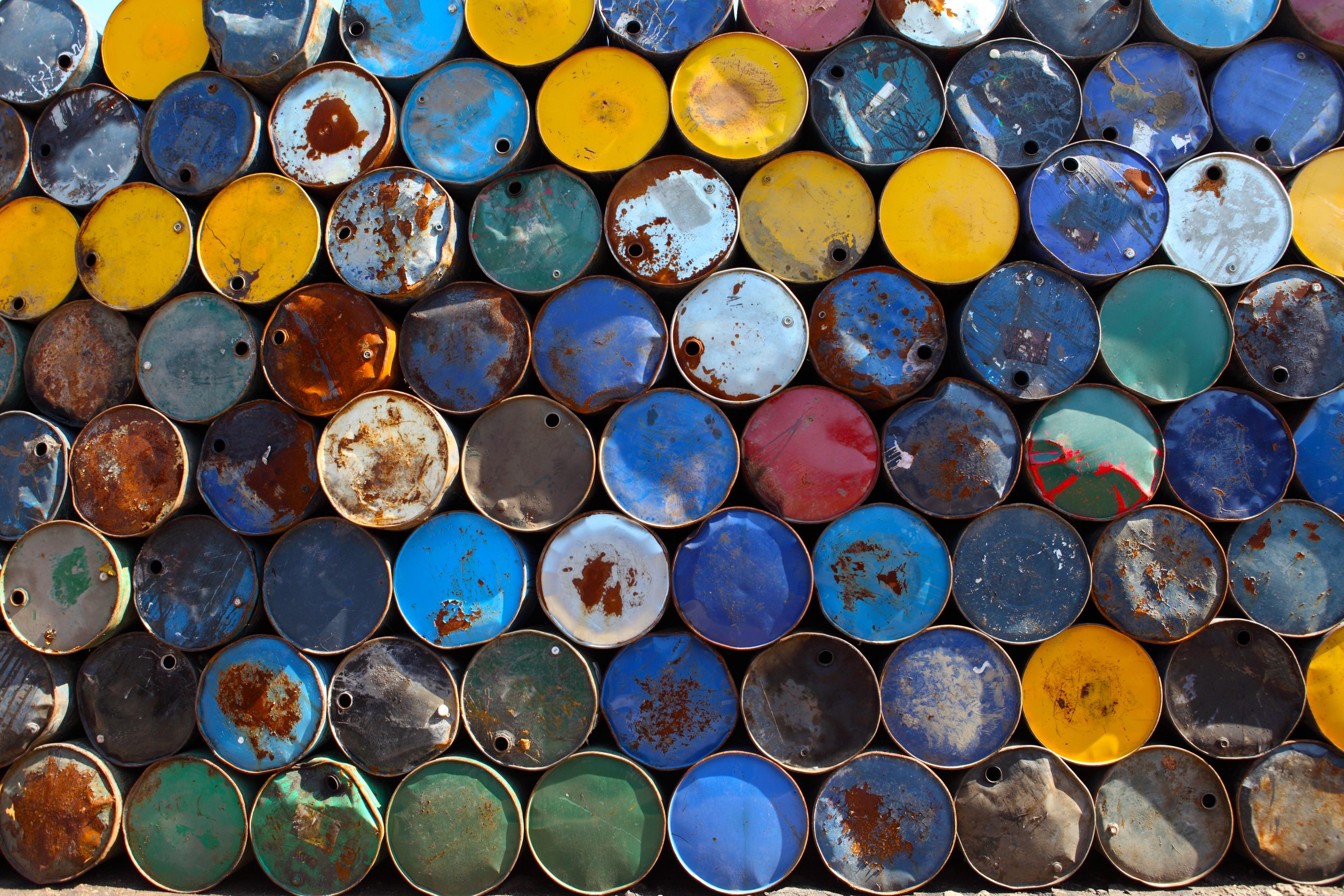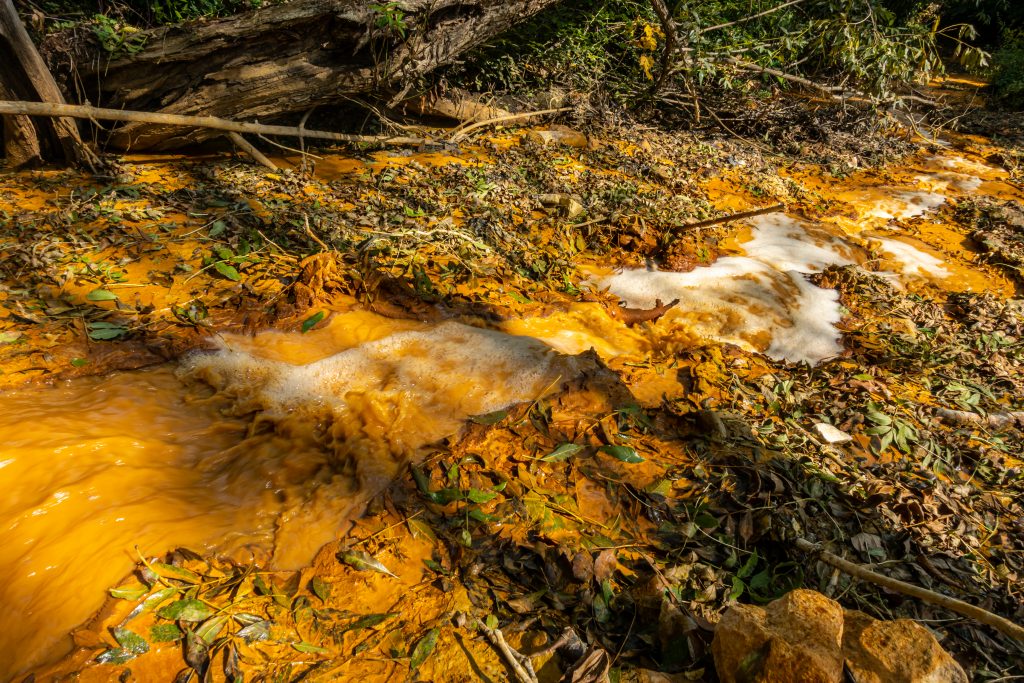Waste & material traceability solution for sustainable facilities

Have you ever asked yourself this question: How much trash is in the world? Most of the time, we throw away the waste into containers and do not think about the rest. It just comes to mind that this can pose a garbage problem when someone does not collect them. Besides, thinking about waste in a broader framework will enable us to look at many issues, from our consumption habits to environmental pollution, with a new eye. Because the amount of waste that is ignored is not tiny at all. According to World Bank data, at least 2.01 billion tons of municipal solid waste appear globally every year, which may increase by 70% in 2050 and reach 3.40 billion tons.
As if it wasn’t enough, 33% are not correctly managed. Consider adding the amount of unregistered waste disposal! Then, think about the garbage problems created in landfills by wastes such as plastic, electronic, radioactive, medical, or industrial waste disposal, each requiring separate procedures and care. These wastes, which mix with nature from there and cause landfill emissions problems due to carbon emissions, also aggravate the resource crisis. Believe it or not, many problems, like food insecurity to scarcity, are fundamentally linked to waste. Let’s examine some statistics to find out these relationships.

Food loss is one of the areas where we experience the adverse effects of immense waste generation and global waste management issues most deeply. The world has an undeniable food safety problem. It is tough to reach clean agricultural practices and, thus, clean and safe food. We can read this from the increasing rate of related diseases and organic food trends. But it is also a fact that there is a problem of hunger beyond food security. There is not enough food for everyone. Along with many different components, the global waste crisis aggravates food-related problems.
Because instead of correct disposal or recycling, wastes interfere with mostly water to create ocean garbage. From there, waste streams that mix with the food on our table and our drinking water disrupt the ecology and form common diseases. What’s more, we often throw these unhealthy foods in the trash, creating even more complicated problems! Such as:
Global food waste statistics show us the countless problems posed by the enormous scale of food waste. While most of us think that food waste is less harmful! As you can imagine, there are hundreds of interesting facts about waste amounts and recycling other than food waste. However, for now, let’s turn to another crucial issue, the global waste index on toxic waste dumping.

Toxic waste is a chemical that can cause death or injury. This type, which has many radioactive and bioaccumulative kinds, even includes e-waste and medical waste. Things that improve our quality of life can also do the opposite! Therefore, all kinds of waste must be handled carefully against toxins and managed accordingly. Because we produce 400 million tons of hazardous waste annually – almost 13 tons a second! But the dumping of waste in large amounts and risks creates another global problem.
According to the United Nations, some firms in the global north, especially the European Union and the US, illegally dumped their e-waste and toxic waste into developing countries for irregular hazardous waste disposal. These dangerous behaviors indicate the need for steps for global waste management improvement. Understanding the threat of the global garbage issue and taking action facilitate our journey of turning that waste into a resource!
As statistics show, we need major breakthroughs in global waste management. These leaps should be in the direction of changing the consumption and production vision. Converting millions of materials in global waste statistics into a resource and creating a green and circular economy is only possible with greener waste services. Don’t worry; Evreka will provide you with this vision for transitioning the circular economy.

Evreka operates in more than 20 countries, determined to create changes that will radically solve the global waste problem. Realizing that the waste issue is actually a matter of life and death, EvrekaCrew offers you an end-to-end, customizable, and cutting-edge sustainable waste management system with its regularly updated hardware and software solutions. From collection to recycling, you can achieve zero global waste targets with:
Among some of the solutions we offer is everything needed for sustainable waste management systems:
To reverse these statistics and improve global waste management methods, contact us today!